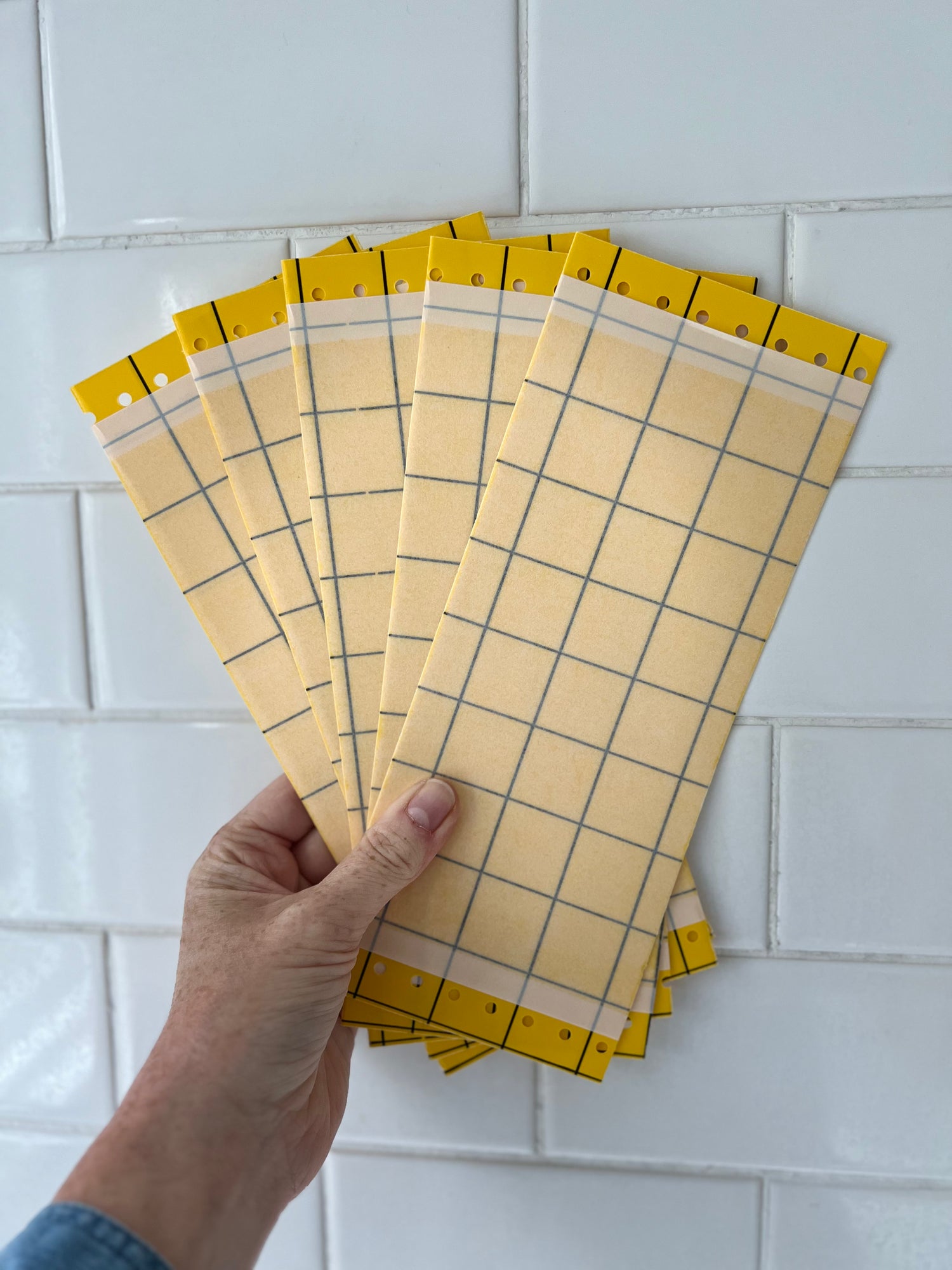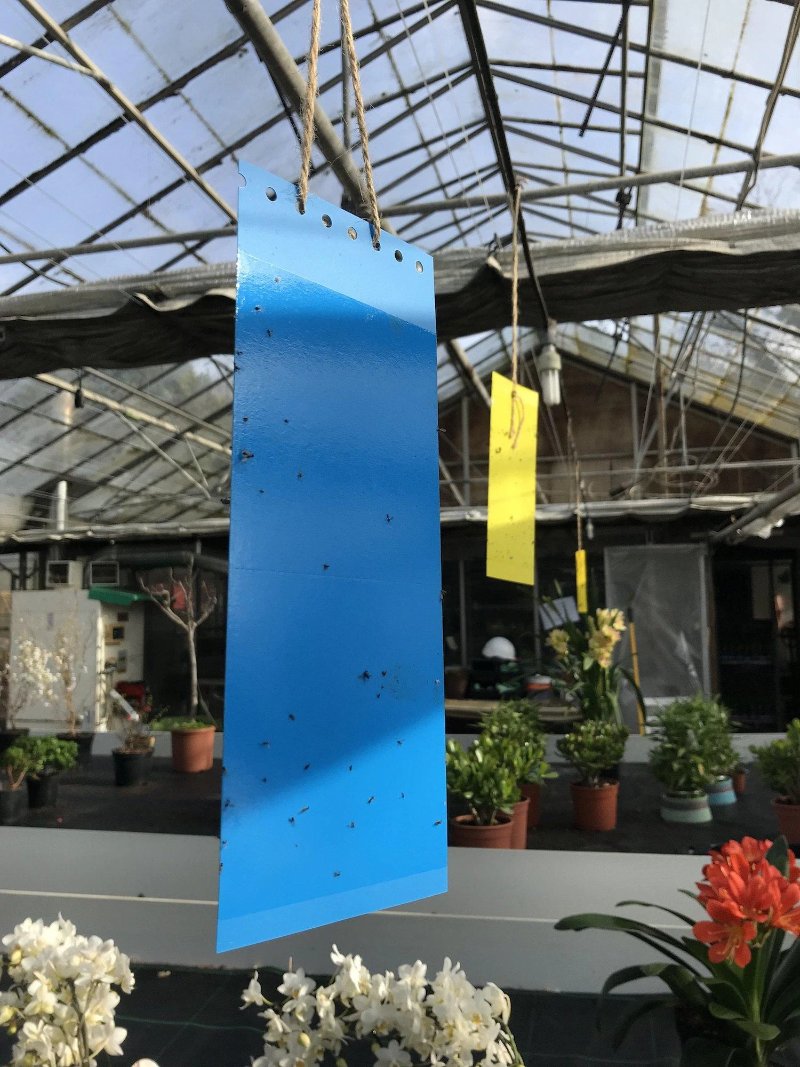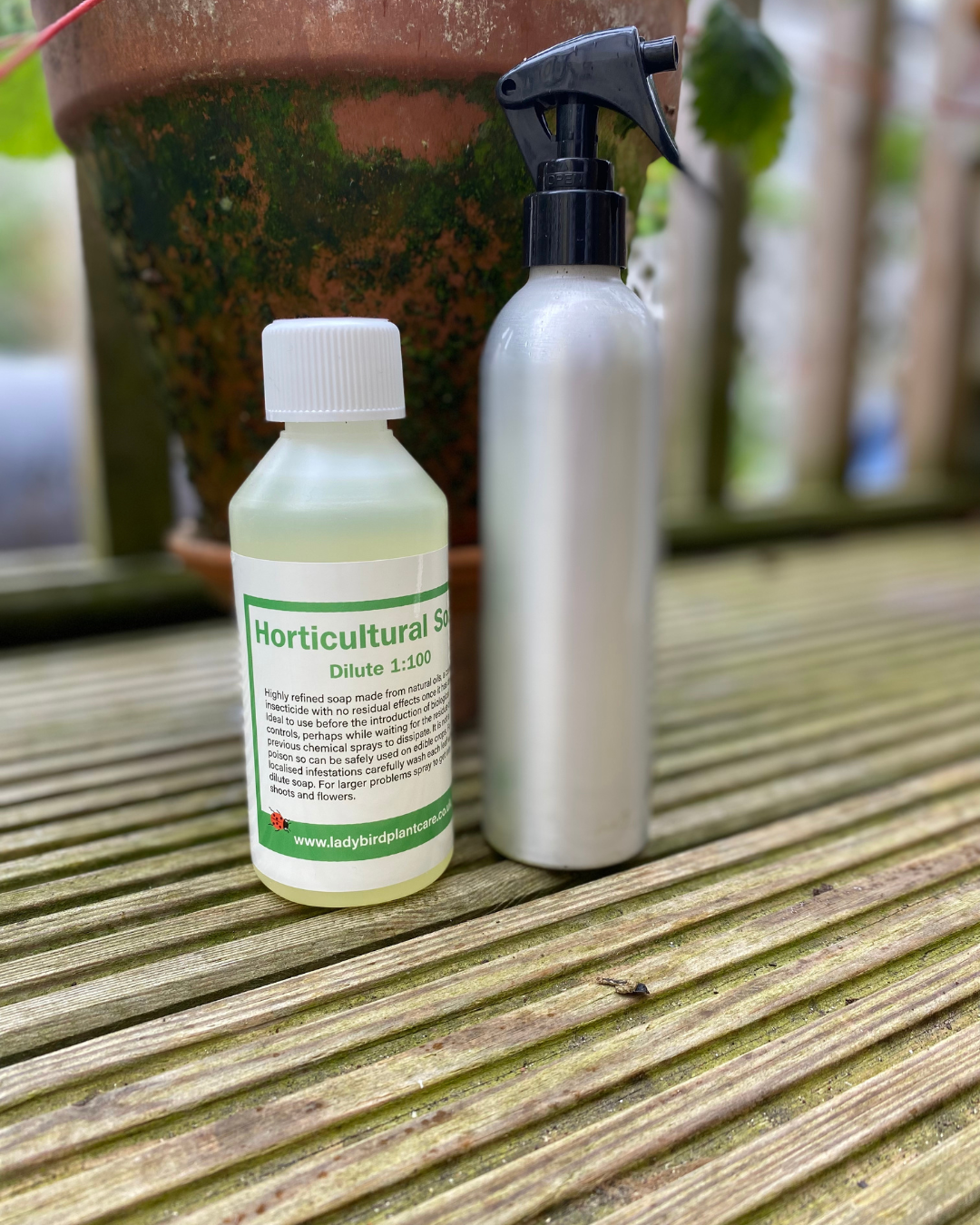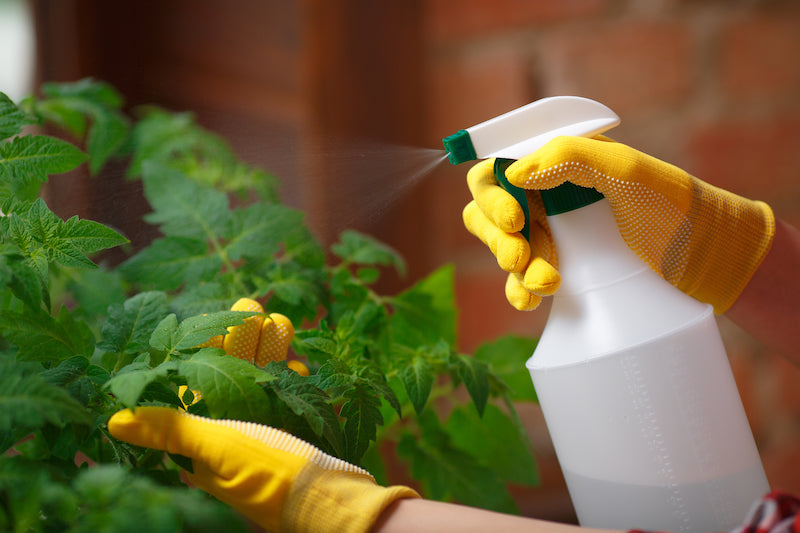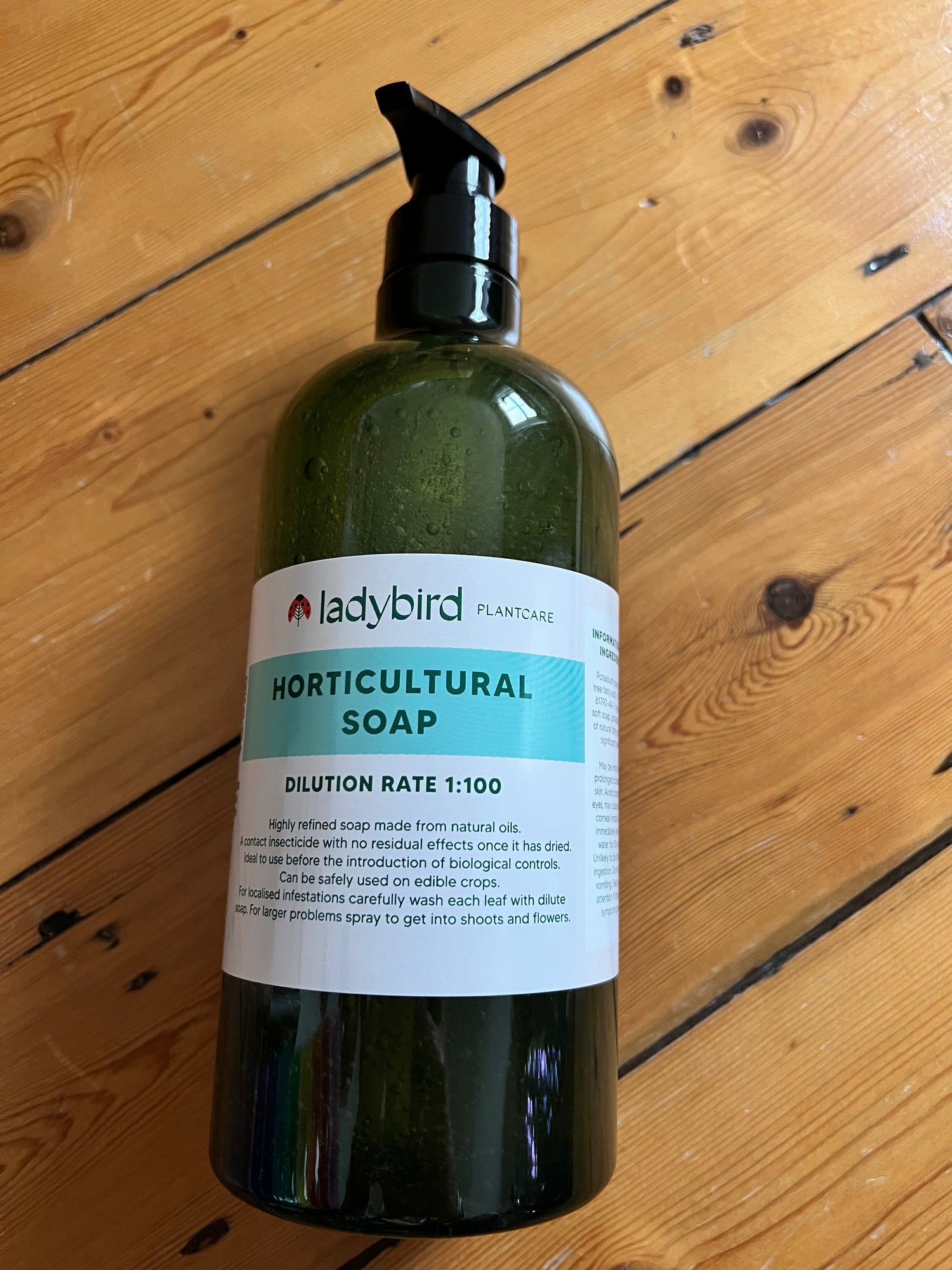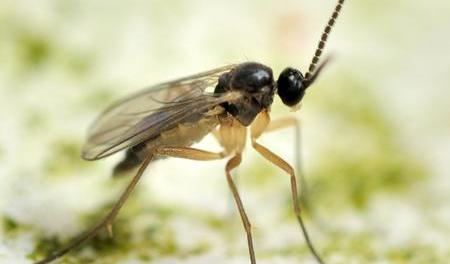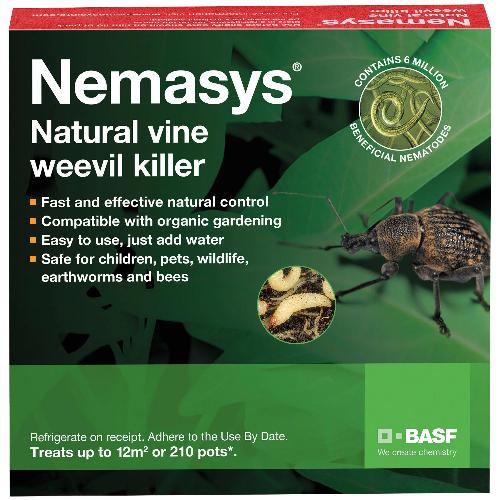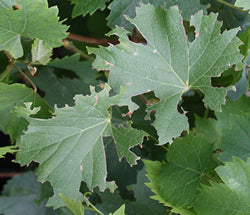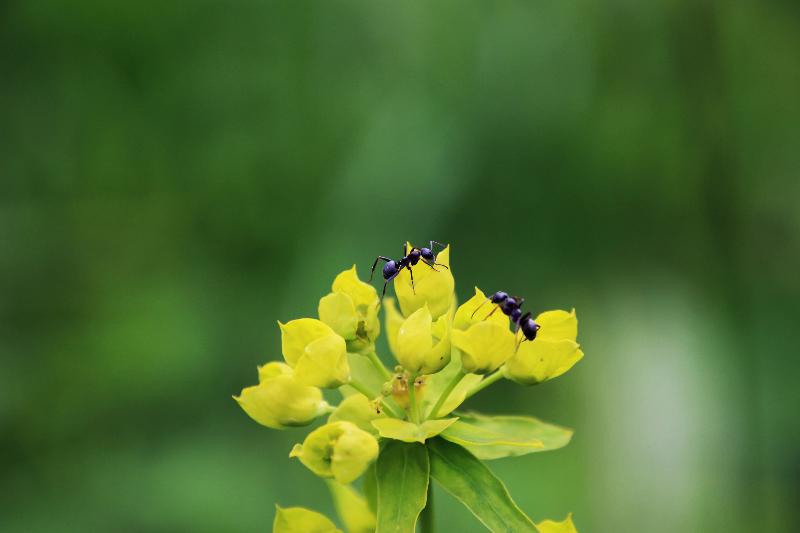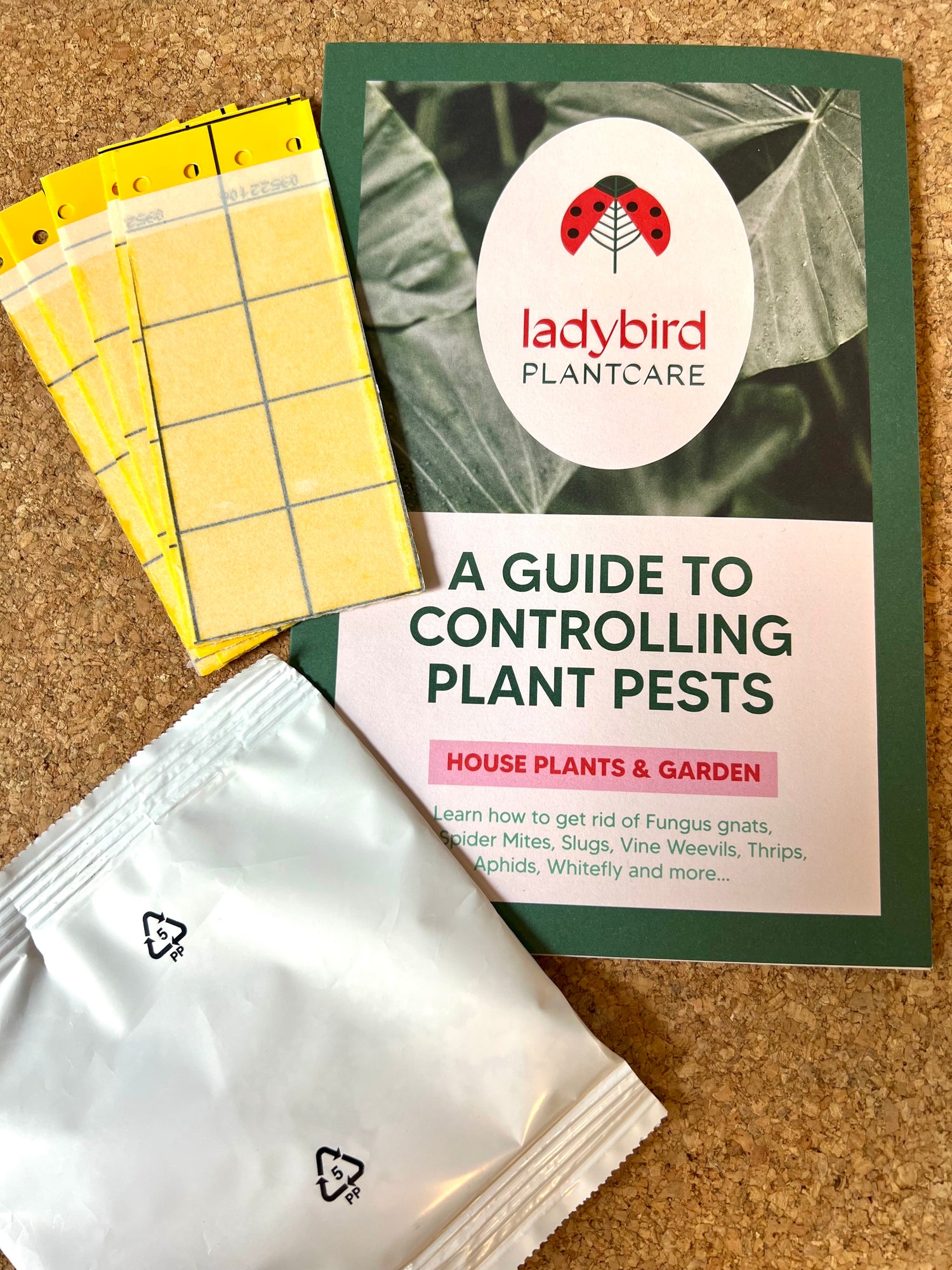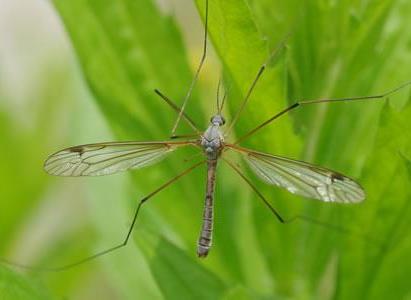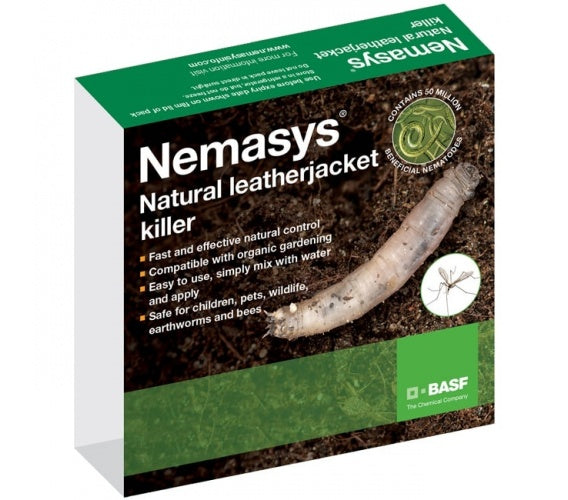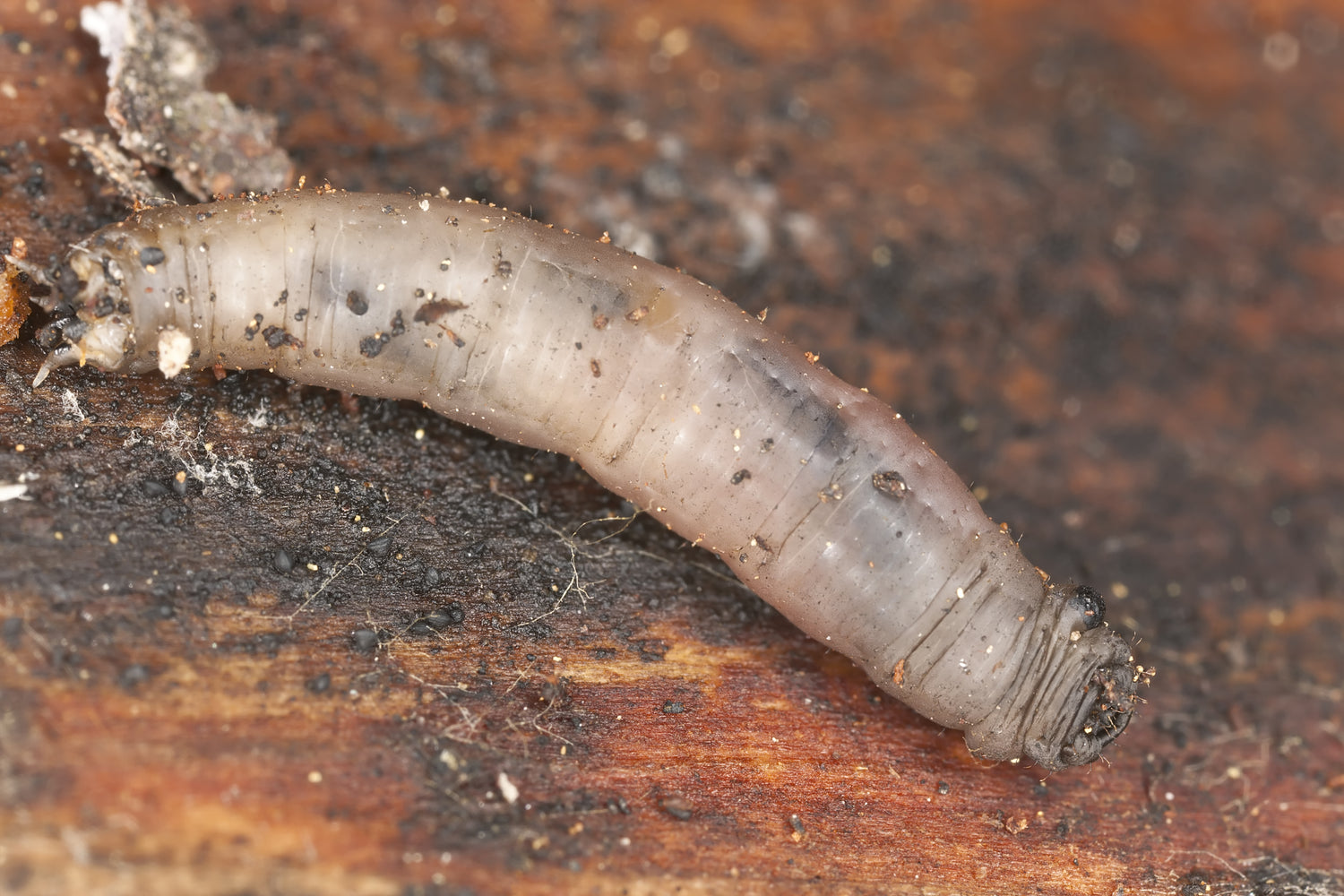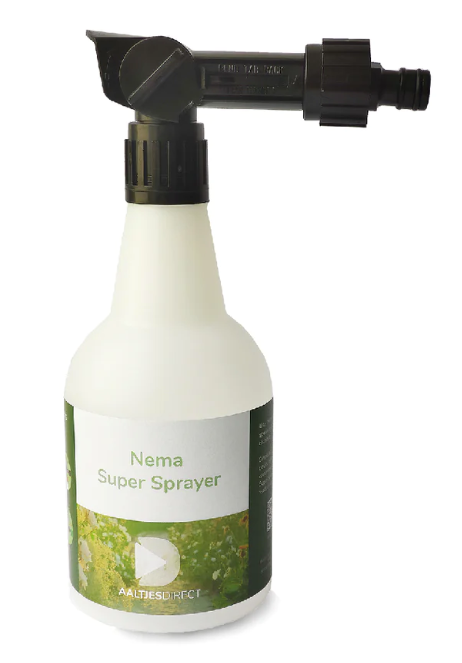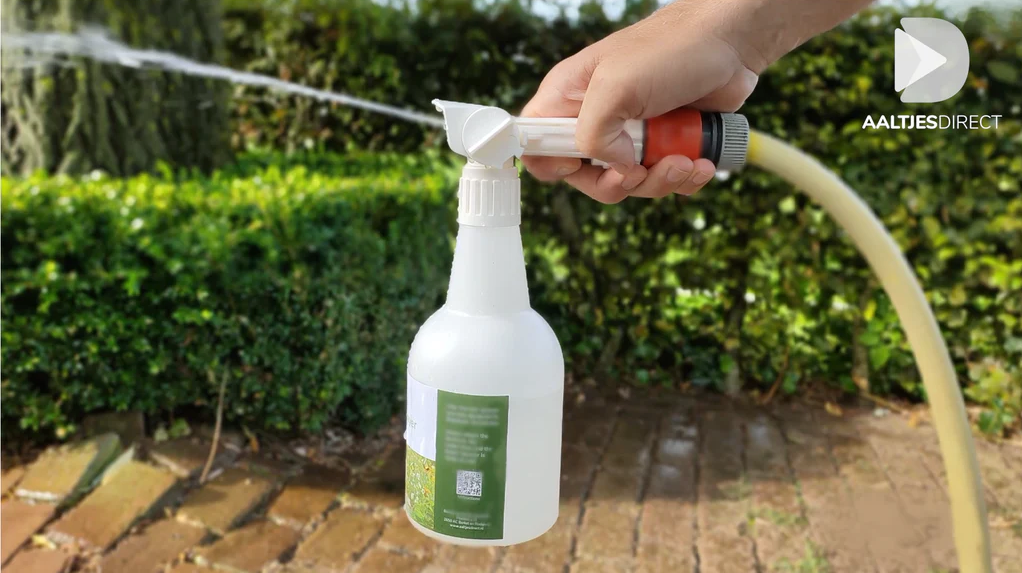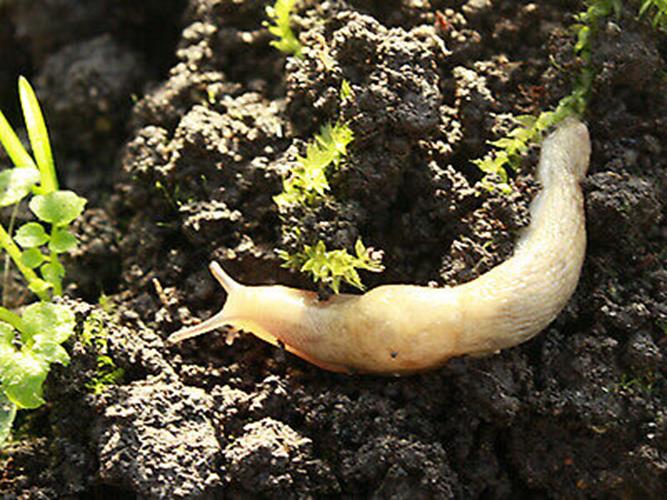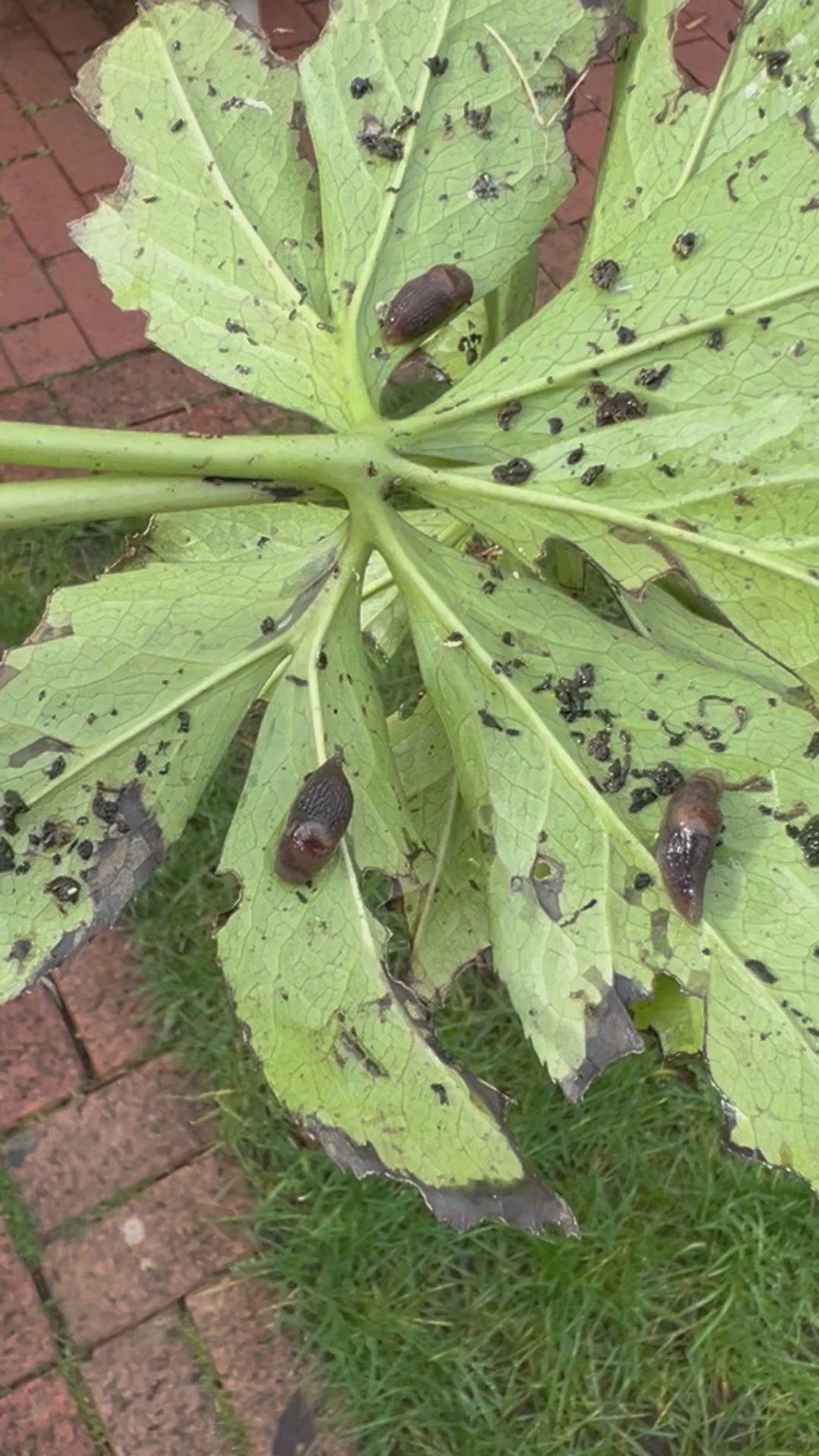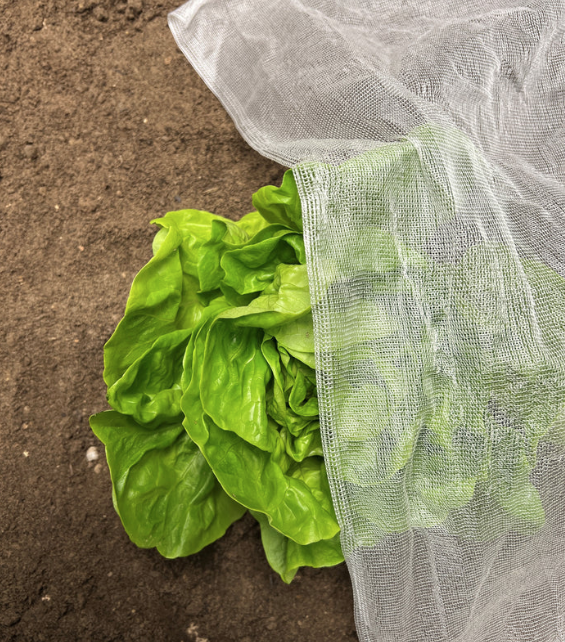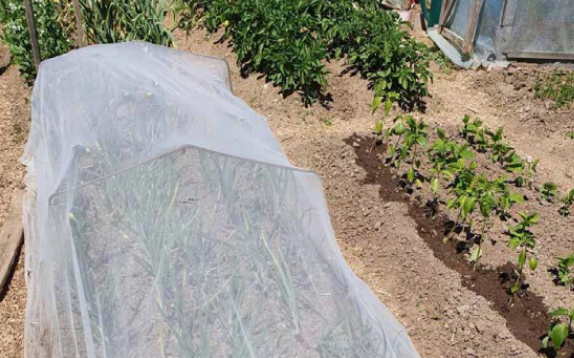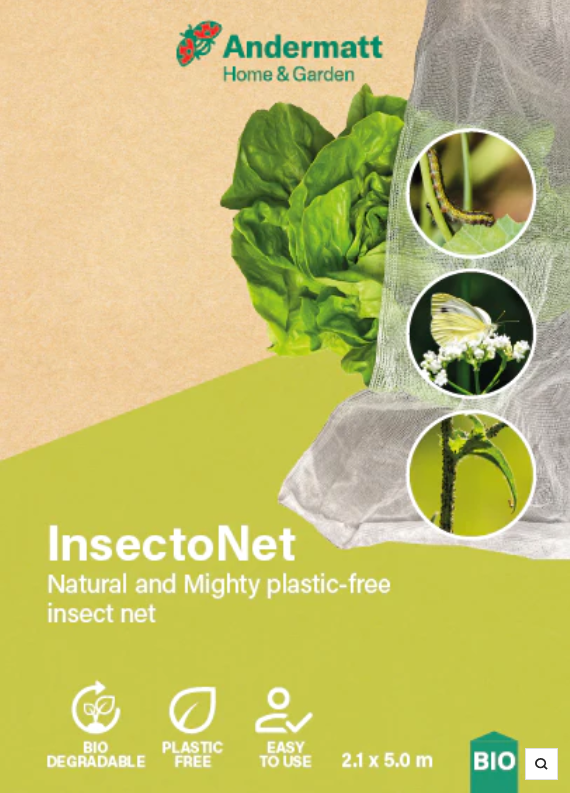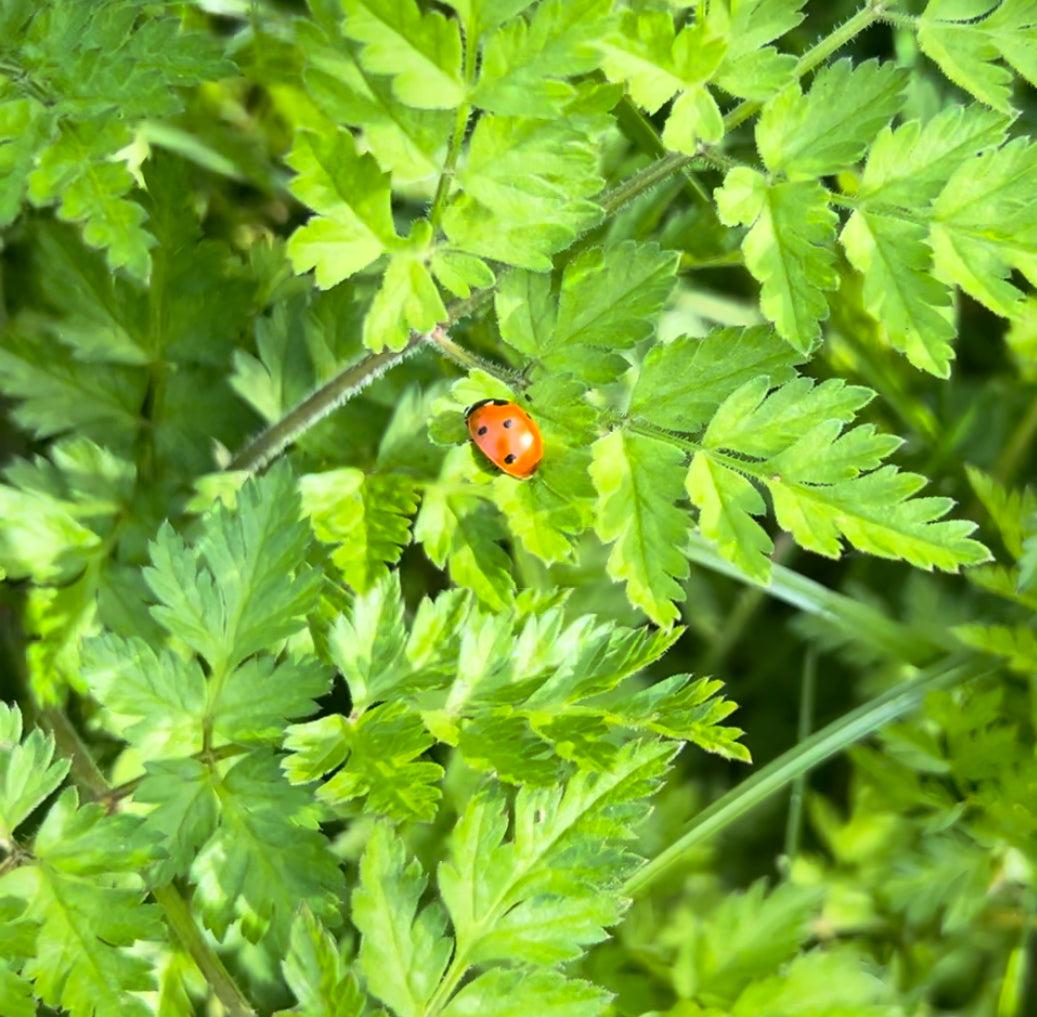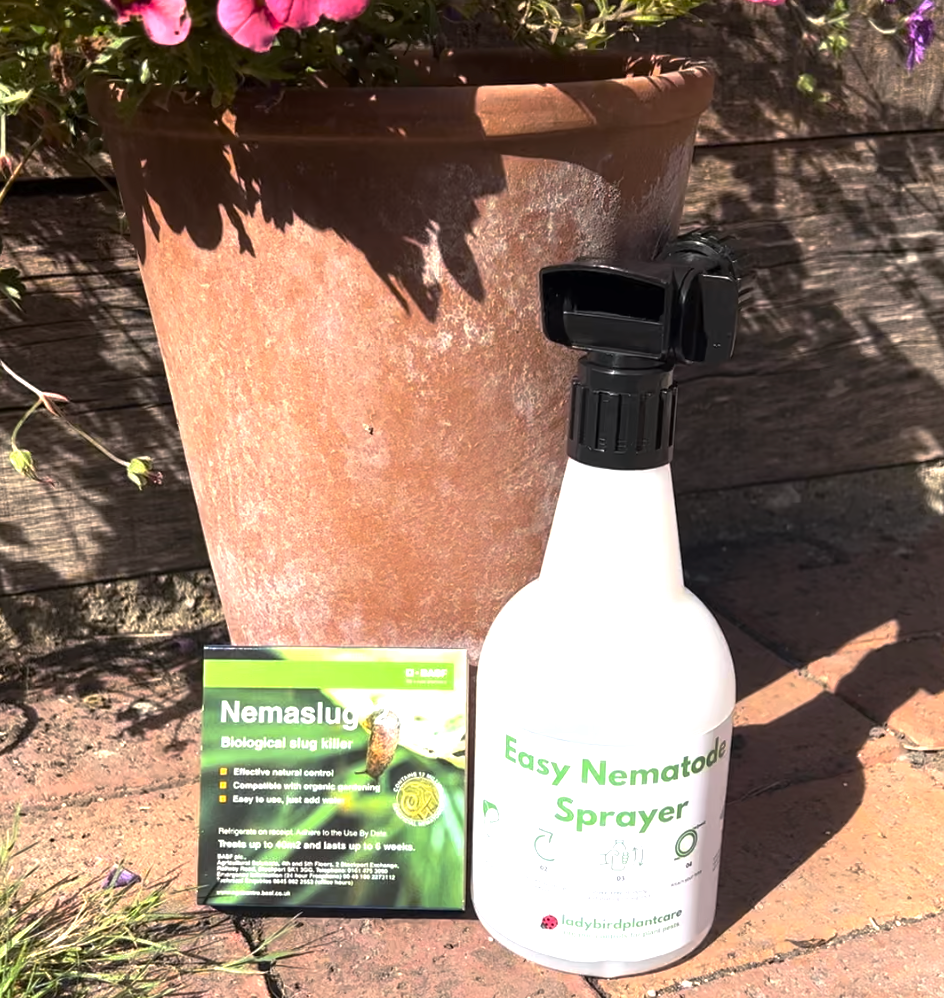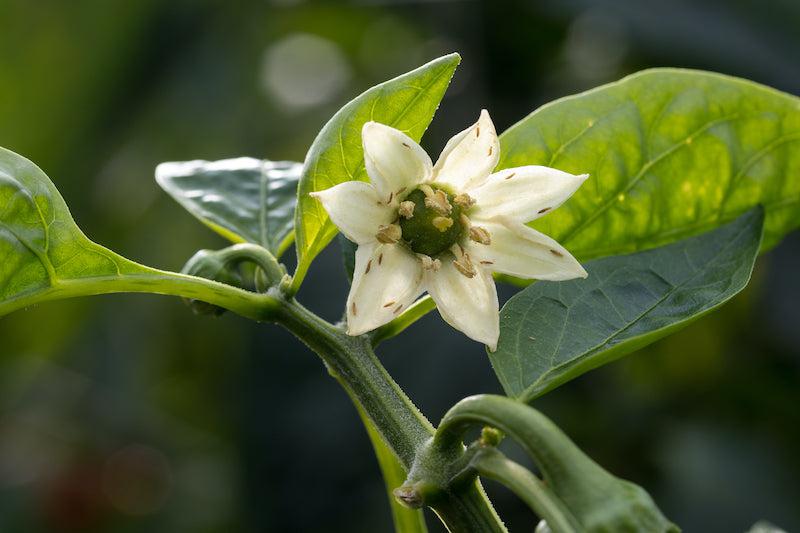The Look Inside My Garden Edit - By Sophie Valentine
If a beautiful garden full of colour is your favourite then you should be following Sophie.
Sophie Valentine and her young family started to share their garden transformation 3 years ago on Instagram @lookinsidemygarden. She loves to inspire others to give gardening a go and show that gardening is for everyone and CAN be done on a budget.
Sophie recently launched 'The Grow Club' which is an online platform where she teaches gardening to beginners. You can find out more about The Grow Club here - https://thegrowclub.co.uk/beginner-ga...
Sophie recommends
All of the products below have been tried and tested by Sophie in her own garden
Sort by:
10 products
10 products
Traps are a great way to find out what pests are present on your plants and can trap a good quantity of flying and crawling pests.
Sold in packs of 5.
Sticky traps are a great way of monitoring and reducing pest numbers.
Yellow catch aphids, whitefly, leafminers, fungus gnats and more. The yellow trap are eco friendly card traps.
Blue traps are great for thrips.
Red traps for monitoring and controlling leafhoppers.
Save your houseplants and seedlings from Sciarid fly/Fungus gnats and larvae damage with our parasitic nematodes.
Biological controls are not always kept in stock, they are ordered in fresh. This can sometimes lead to a time lag between when you place the order and when it is despatched.
The adult fungus gnats/sciarid flies live on and around the compost surface of pots, more commonly indoors rather than outside. The flies themselves are an unsightly nuisance but most of the damage is caused actually by their young. The small white larvae live in the compost and feed on the tender roots of plants and cuttings. They will also come to the surface to feed.
Nematodes are more effective if the sciarid population is high. The nematodes are watered on, and attack the sciarid larvae underground. Parasitic nematodes seek out suitable hosts by swimming in the thin film of water on soil particles, locating hosts by detecting carbon dioxide and other waste products. Once they find a host, they enter the body cavity through the breathing or feeding systems, and release bacteria (Xenorhabdus). The bacteria kills the host within hours, and the nematodes grow and reproduce within the 'broth', which they produce. The next generation of infective juveniles leaves the dead host, and moves in search of fresh hosts.
You can read the instructions for the nematodes HERE.
Combine with yellow sticky traps for better control. A second treatment may be required depending on the level of infestation and the life cycle stage of the pest.
Vine Weevil nematodes are watered into pots or open ground with a watering can or hose, killing the vine weevil grubs.
Use as soon as the soil temperature reaches 5°C. The parasitic nematodes enter the grub, poisoning it and then feeding off it to increase their numbers.
Sold in 2 sizes.
Biological controls are not always kept in stock, they are ordered in fresh. This can sometimes lead to a time lag between when you place the order and when it is despatched. Order by 10am Monday for same week despatch.
We offer an effective nematode treatment to get rid of ants in your garden.
These nematodes deter ants, driving them out of their nests and making them go elsewhere. Do not purchase until soil temperatures are above 10°C. The species of nematode contained in the pack is steinernema feltiae.
Biological controls are not always kept in stock, they are ordered in fresh. This can sometimes lead to a time lag between when you place the order and when it is despatched. Order by 10am Monday for same week despatch.
Save your houseplants and seedlings from Sciarid fly/Fungus gnats and larvae damage with our best selling solution. (Steinernema Feltiae/Carpocapsae mix).
The adult sciarid flies live on and around the compost surface of pots, more commonly indoors rather than outside. The flies themselves are an unsightly nuisance but most of the damage is caused actually by their young. The small white larvae live in the compost and feed on the tender roots of plants and cuttings. They will also come to the surface to feed.
You need to control both the adults and the larvae or you will not break the cycle.
For the adults use the new eco yellow sticky traps, you get 5 (12cm x 5cm) traps.
For the larvae nematodes are watered onto deal with the larvae underground. Parasitic nematodes seek out suitable hosts by swimming in the thin film of water on soil particles, locating hosts by detecting carbon dioxide and other waste products.
Once they find a host, they enter the body cavity through the breathing or feeding systems, and release bacteria (Xenorhabdus). The bacteria kills the host within hours, and the nematodes grow and reproduce within the 'broth', which they produce. The next generation of infective juveniles leaves the dead host, and moves in search of fresh hosts. You can read the nematode instructions HERE.
A second treatment of nematodes may be required depending on the level of infestation and the life cycle stage of the pest.
How about ditching the bucket and maths involved in applying nematodes?
This great bit of kit allows you to apply nematodes using your hose, a measuring jug and a stirrer. It's also a timesaver and great for applying nematodes to large or high up areas.
Opening and closing the sprayer
Bend the plastic tab so that the round sprayer button can be turned 90 degrees. The sprayer is now ready to use.
Full Instructions
1. Mix the entire contents of the nematode sachet with 1 litre of lukewarm water and stir until the product is completely dissolved. This will leave you with the nematode concentrate.
2. Use a funnel, or measuring cup, and pour the required amount of concentrate into the Nema Super Sprayer. Top this up with tap water. Correct application amounts are detailed below in Table 1.
3. Attach the sprayer head to the bottle.
4. Shake the Nema Super Sprayer to mix the nematodes in the liquid.
5. Connect a garden hose to the Nema Super Sprayer.
6. Open the water tap and start spraying, moving the sprayer gently back and forth. Start with the most damaged areas and continue spraying all the areas where you suspect the presence of pests.
• After 3 - 5 minutes (depending on the water pressure) all of the nematodes will have been applied to the soil, or plants, and the Nema Super Sprayer will be empty.
• Repeat the application steps as often as indicated in the refill table below.
• Clean all parts of the Nema Super Sprayer thoroughly with water after use.
Table 1
Nemaslug Alternative
Treats 40 sqm - use when soil temperature is above 5°C. This is a great alternative to Nemaslug, it works in exactly the same way.
We supply packs of microscopic beneficial nematodes, Phasmarhabditis californica, (eelworms) which are watered into pots or open ground. This is a perishable product, do not buy in advance.
You can read the application instructions HERE.
Slugs eat leaves, stems and roots of plants, weakening them and often causing them to die.
They leave slimy trails over plants and soil, and are particularly devastating to seedlings and cuttings. Slugs leave their own individual scent trails so they can find their way home. There are other creatures (like caterpillars) who make big holes in leaves, but if you see the tell-tale slime, then slugs are the culprit!
Slugs come in many shapes and sizes and are commonplace around the garden, particularly in damp conditions.
Infestations are less serious in dry weather but tend to become a problem during prolonged rainy weather. An individual grey field slug has the potential to produce 90,000 grandchildren and has approximately 27,000 teeth!
They live underground during the day, emerging at night to feed. One cubic metre of garden will on average contain up to 200 slugs.
We supply packs of microscopic beneficial nematodes, Phasmarhabditis hermaphrodita, which are watered into pots or open ground with a watering can or hose. They enter the slug through a hole in its back while it is underground and poison it so that it will die within a few days underground, out of sight.
Finally, you can net off your fruits and veg in an eco-friendly way that doesn't generate harmful plastic waste.
Plastic-free, biodegradable insect netting. Made from plants, not petroleum.
Looks like plastic, feels like plastic, but is not plastic.
Protect your fruit and vegetables from common garden pests such as flies, butterflies and birds. The fine mesh ensures protection against even the smaller pests whilst allowing a high amount of light penetration to ensure good growth.
Shipped in recyclable packaging. InsectoNet comes as a single piece of fabric 2.1 by 5.0 metres in size that can easily be cut to size. The high quality fabric means it won't fray on the edges when cut. It lasts at least 3 years.
Use from planting until harvest, approximately April - September.
Do not use during flowering period for plants which require pollination.
Flies, butterflies and moths are often attracted to fruit and vegetable plants to lay eggs which hatch into devastating pests. If adults are kept away from plants, they cannot lay eggs. Using a fine net prevents egg laying and therefore the need to control feeding pests.
The 0.85mm fine mesh provides excellent protection against many pests including;
Cabbage Root Fly
Carrot Root Fly
Onion Fly
Cabbage White Butterfly
Pea Moth
Leek Moth
Cutworm
Thrips
Whitefly
Leaf Miners
Many common aphid species
Finally, you can effectively net your fruit and vegetables without plastic! Biodegradable, this netting is revolutionary. It looks and feels just like a plastic net, but is made from plants.
And as an added bonus you can use it as a plastic free frost fleece! It will protect from a light frost down to 2°C


